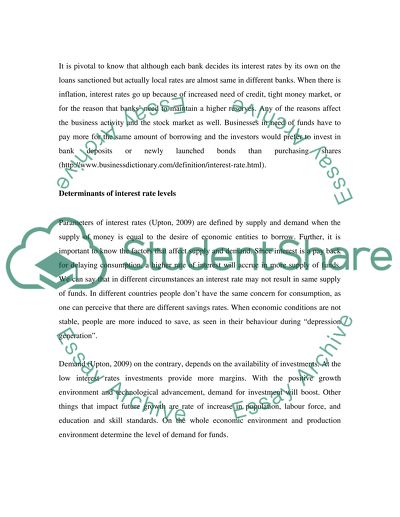Cite this document
(“The determinants of the rate of interest and the significance of Essay”, n.d.)
The determinants of the rate of interest and the significance of Essay. Retrieved from https://studentshare.org/miscellaneous/1519445-the-determinants-of-the-rate-of-interest-and-the-significance-of-interest-rates-to-policy-makers-and-other-economic-actors
The determinants of the rate of interest and the significance of Essay. Retrieved from https://studentshare.org/miscellaneous/1519445-the-determinants-of-the-rate-of-interest-and-the-significance-of-interest-rates-to-policy-makers-and-other-economic-actors
(The Determinants of the Rate of Interest and the Significance of Essay)
The Determinants of the Rate of Interest and the Significance of Essay. https://studentshare.org/miscellaneous/1519445-the-determinants-of-the-rate-of-interest-and-the-significance-of-interest-rates-to-policy-makers-and-other-economic-actors.
The Determinants of the Rate of Interest and the Significance of Essay. https://studentshare.org/miscellaneous/1519445-the-determinants-of-the-rate-of-interest-and-the-significance-of-interest-rates-to-policy-makers-and-other-economic-actors.
“The Determinants of the Rate of Interest and the Significance of Essay”, n.d. https://studentshare.org/miscellaneous/1519445-the-determinants-of-the-rate-of-interest-and-the-significance-of-interest-rates-to-policy-makers-and-other-economic-actors.


